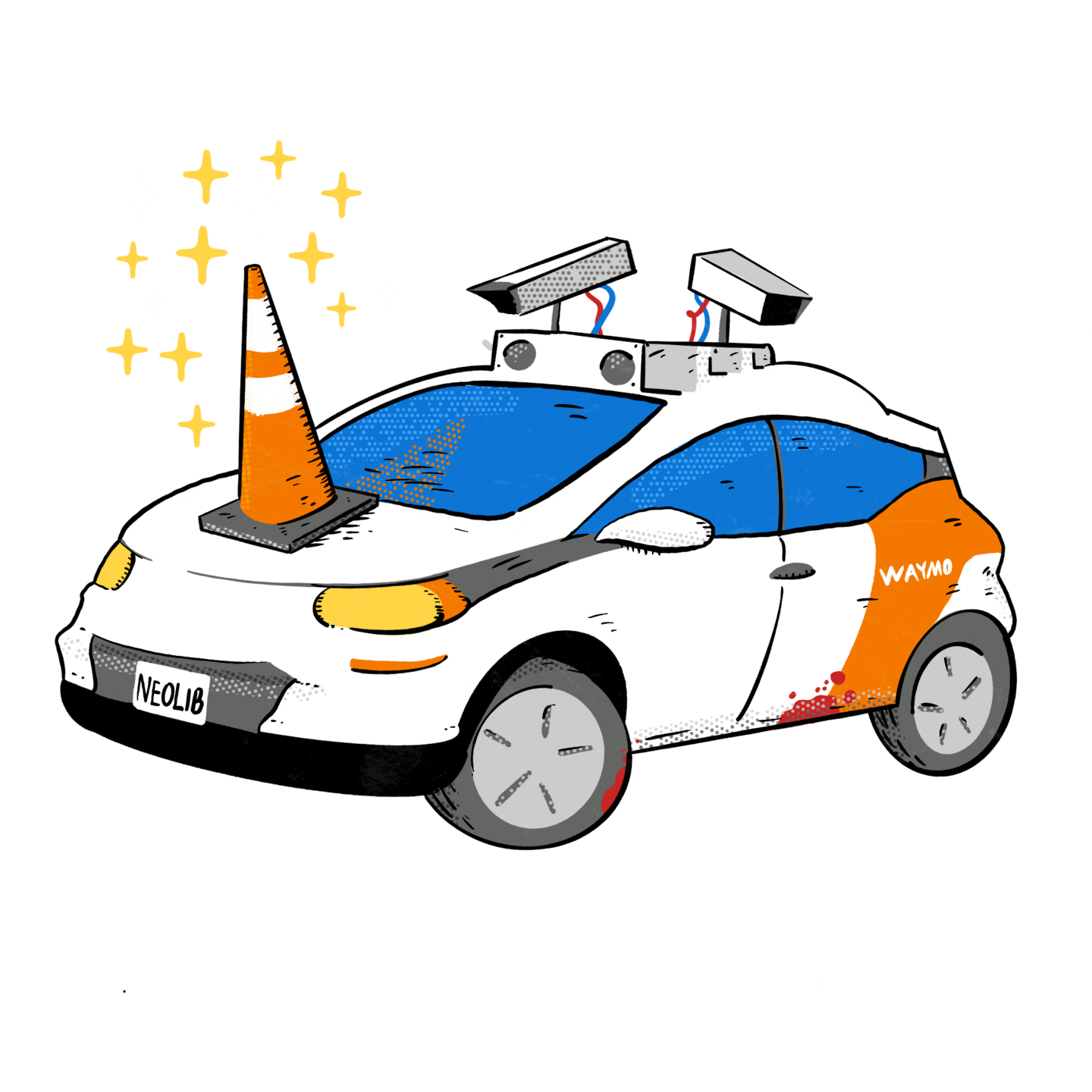
Forbes – Buttigieg Seeks Robocar Safety. Here’s How He Should Do It
See full original article by Brad Templeton at Forbes.
In the wake of the recent tumultuous period for General Motors’ Cruise robotaxi unit, Transportation Secretary Pete Buttigeieg recently declared, “We’re going to do everything we can with the authorities we do have, which are not trivial,” to ensure self-driving vehicles are safe. But there is debate over what safety means, and how to ensure it, and how to do that without delaying important innovation that improves safety in driving, which among the most unsafe activities (perhaps after drug use) in the USA.
Buttigieg oversees the National Highway Transportation Safety Administration, which sets safety rules for cars that are sold or imported in the USA, though regulation of driving and rules of the road belongs to states.
Below, I outline a plan for getting data on safety, which is how you assure safety, including:
- Requirements to track all incidents but also to classify them so we can get useful, uniform statistics on what is going on, including attribution of fault and understanding of severity.
- A philosophy of attention to this data rather than incidents.
- Approaches to allow the well established system of self-certification to work. and protect safety by improving honesty from regulated players but not impeding innovation.
- An approach that tolerates traffic disruption so that providers are not afraid to be conservative and safe in their early operations.
The normal pattern for federal auto regulation has been to not regulate in advance. Most automotive products related to safety and driving, such as seatbelts, airbags, collision avoidance systems, anti-lock brakes, stability control, adaptive cruise control and even Tesla Autopilot style systems were developed by industry and sold in the market for years, indeed decades before they came under regulation by NHTSA or other agencies. When they did get regulated, it would often be mainly to require the laggard manufacturers who weren’t using them to put them in all cars. They try to avoid dictating how they should operate other than to set minimum standards. In spite of this history, many have pushed for pre-regulation of self-driving, which is not yet deployed in production.
